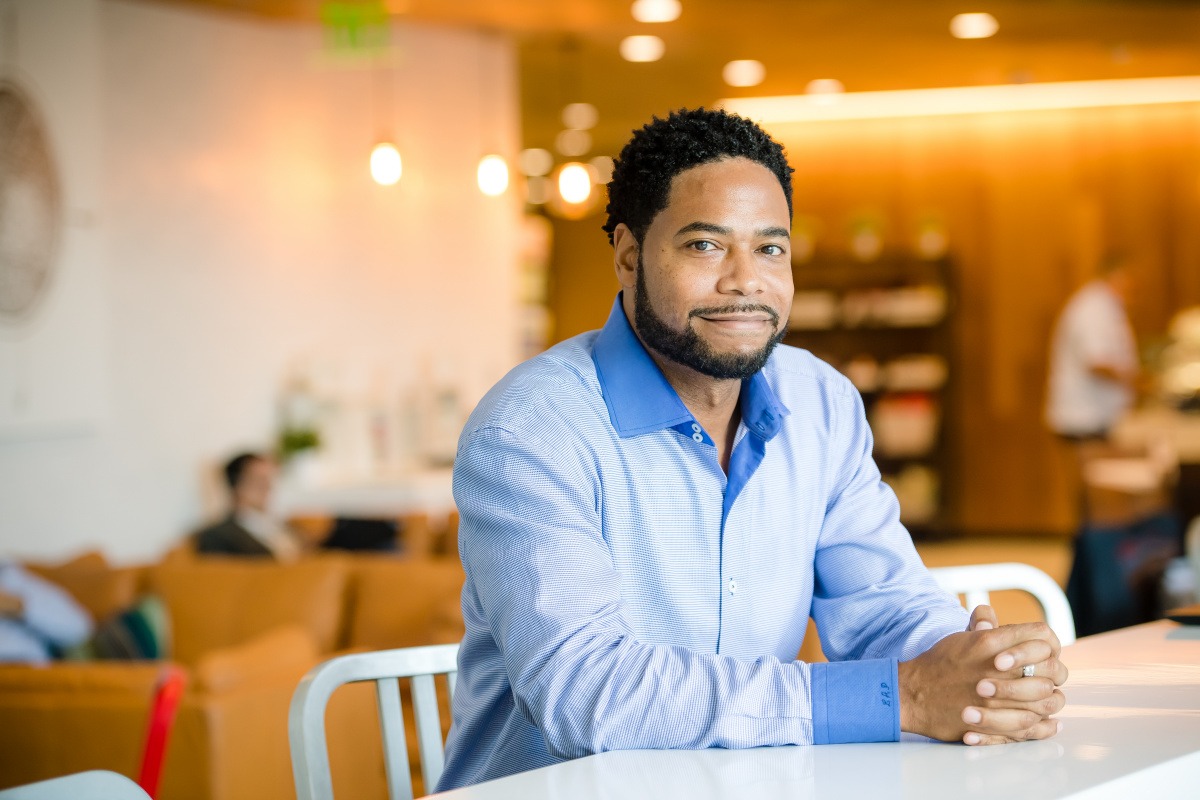Your corporate diversity and inclusion content needs employee stories
We watch a ton of recruitment marketing videos (and not just the ones we create for our clients on the daily), and we consume a great deal of corporate diversity and inclusion content.
We’re always watching the culture videos released by companies trying to communicate their unique approaches to diversity and inclusion.
Most of it doesn’t work.
In the wake of George Floyd’s murder in 2020, organizations reflected on their part in racial discrimination and inclusivity. In response, they crafted corporate statements. These communication efforts, rooted in good intention, were ineffective and dismissed by their audiences. Sometimes, they produced additional scrutiny or more calls for accountability, a chorus of “Show me your board!” from candidates, employees, and the public at large.
The public is right to demand more.
Why the backlash? Those corporate responses were tried and true consumer marketing strategies, such as forward-looking and jargoned corporate statements and graphics. And, there were videos featuring company leadership, stock photos and footage, and hired voiceovers.
The most important voices were missing
Companies didn’t realize that their audiences really needed to hear from the employees. Those team members are the people who experience and form the culture that results from organizational actions, attitudes, and values.
America is sick of promises to do and be better. Your audiences will only believe that your company really values diversity and inclusion when they see and hear the proof, directly from your employees. This is an opportunity to show your real commitment, featuring the people most impacted by the DEI decisions your organization makes.
You must include real employee stories that directly address DEI
AstraZeneca engaged Stories Inc. to uncover and capture real employee stories of the company’s DEI journey. They wanted to show employees and candidates how critical DEI is to their present and future, and they knew that authentic team member perspectives were the best way.
Their U.S. Head of Diversity and Inclusion shared the story of is his own personal reaction to the murder of George Floyd, and how he shared his feelings. His vulnerable story shows proof of how the company encourages team members to bring their whole selves to work, and how their culture doesn’t shy away from addressing the hardest moments in the DEI journey head-on.
Multiple employee stories and perspectives prove your commitment to the DEI journey
AstraZeneca didn’t stop with EJ’s story. They sought employee stories from throughout the organization to show the culture’s companywide and integrated commitment to DEI. EJ’s story is shared within this compilation video, which illustrates his story’s impact and versatiity. Alone, it’s powerful. Together, with the voices of his colleagues, it adds to the multidimensional story of what DEI means to AstraZeneca.
Employee stories show what your company is doing and plans to do for DEI
If you already have an inclusive corporate culture, it’s possible to show that to talent audiences. The key is to uncover personal examples of inclusion and equality from all over your organization.
While creating global recruitment marketing content for Dell Technologies, their employee storytellers could tell us exactly how they’re celebrated for being themselves. These stories back up Dell’s corporate statements that they’re an inclusive workplace and committed to diversity.
Think content libraries and consistent messaging, not “one and done”
Don’t develop one video, label it your D&I effort, and call it a day. DEI themes should be weaved throughout your entire content library, no matter what the topic is, since it’s an important, prevailing, ever-present cultural reality. You can do this by continually sourcing different perspectives to tell your corporate stories, no matter the focused topic. And, a content marketing fundamental is steady-drum messaging, not just one big splash. Over time, consistent messaging sinks in for your audience.
In this video, the topic is innovation. However, it features a wide variety of perspectives, from all over the world.
Honor specific groups
You also need to show how your company supports specific underrepresented groups as well. More than 43,000 team members participate in AstraZeneca’s Employee Resource Groups (ERGs) which connect members of diverse groups across AstraZeneca and allow peer-to-peer support. There are ERGs that provide community based upon race, ethnicity, heritage, gender, Pride, neurodiversity, and more. They are voluntary, employee-led groups that encourage an inclusive atmosphere.
At Stories, we don’t necessarily think in candidate personas (we like employee mosaics), but it’s true that people want to see what the employee experience is like for someone like themselves. Carolina’s story, optimized here for Instagram, communicates on AstraZeneca’s social channel her ERG experience.
Be real about where you are in your journey
Building more inclusive cultures is a constant work in progress. Don’t wait for perfection; not only may the day never arrive, candidates need to know you’re committed right now. But, you can still be real about your efforts and progress. If your company has made public commitments or hiring pledges, share stories about what you’re doing specifically to drive towards the goal and your progress to date. Recruit as your storytellers the people who are leading the charge and benefitting from the effort.
In Dell’s case, they’ve pledged that women will make up 50 percent of its global workforce and 40 percent of its leadership positions by the year 2030.
You need stories
Your team members’ stories are the answer to showing diversity in your workplace, the belonging felt by employees, and your efforts to improve. Those employee stories, shared throughout your communications, provide proof of an inclusive culture and a real commitment to change.
We can help. Stories Inc. expertly uncovers stories that communicate what companies’ unique cultures of inclusion look like. To learn more, contact us or book 15 minutes on our calendar.

